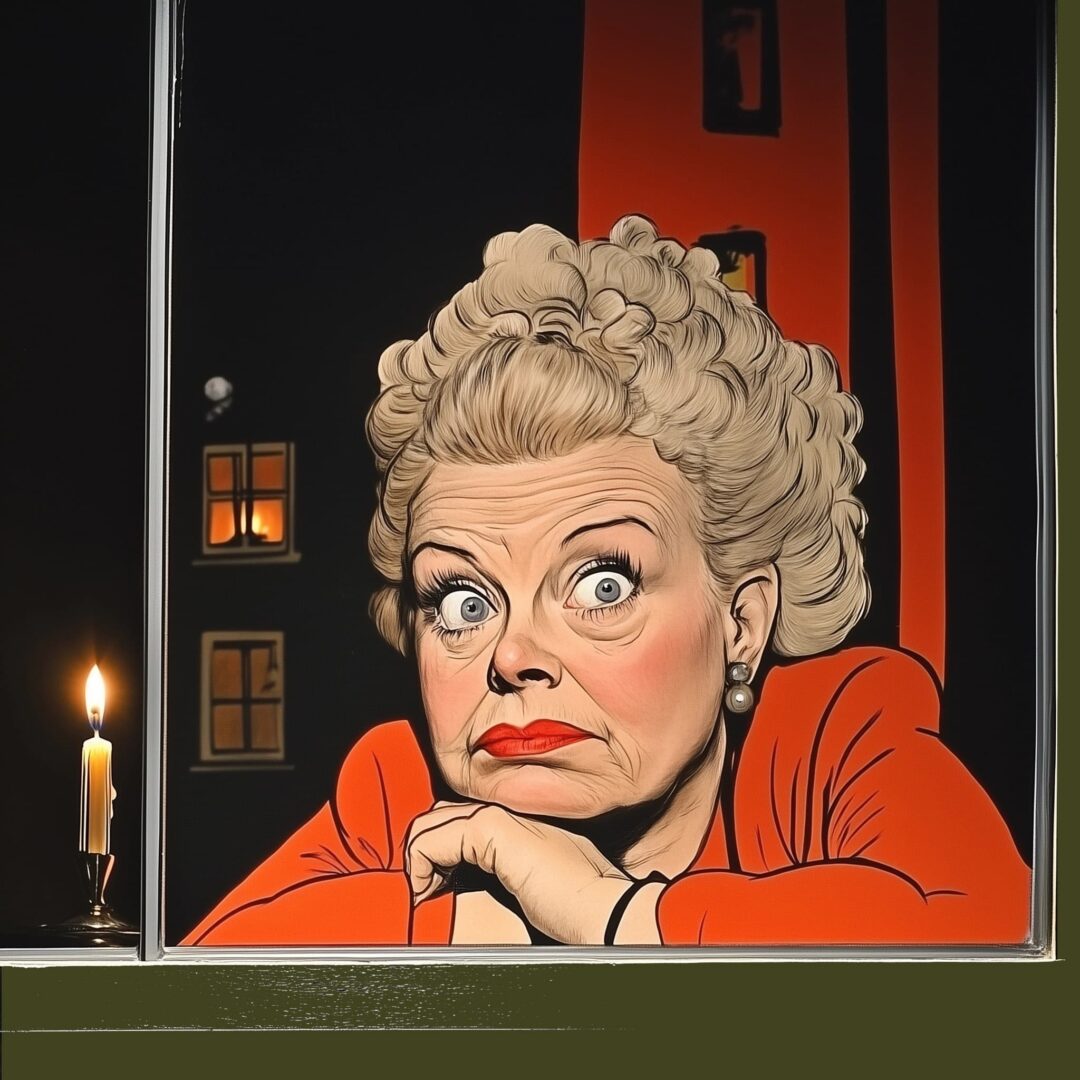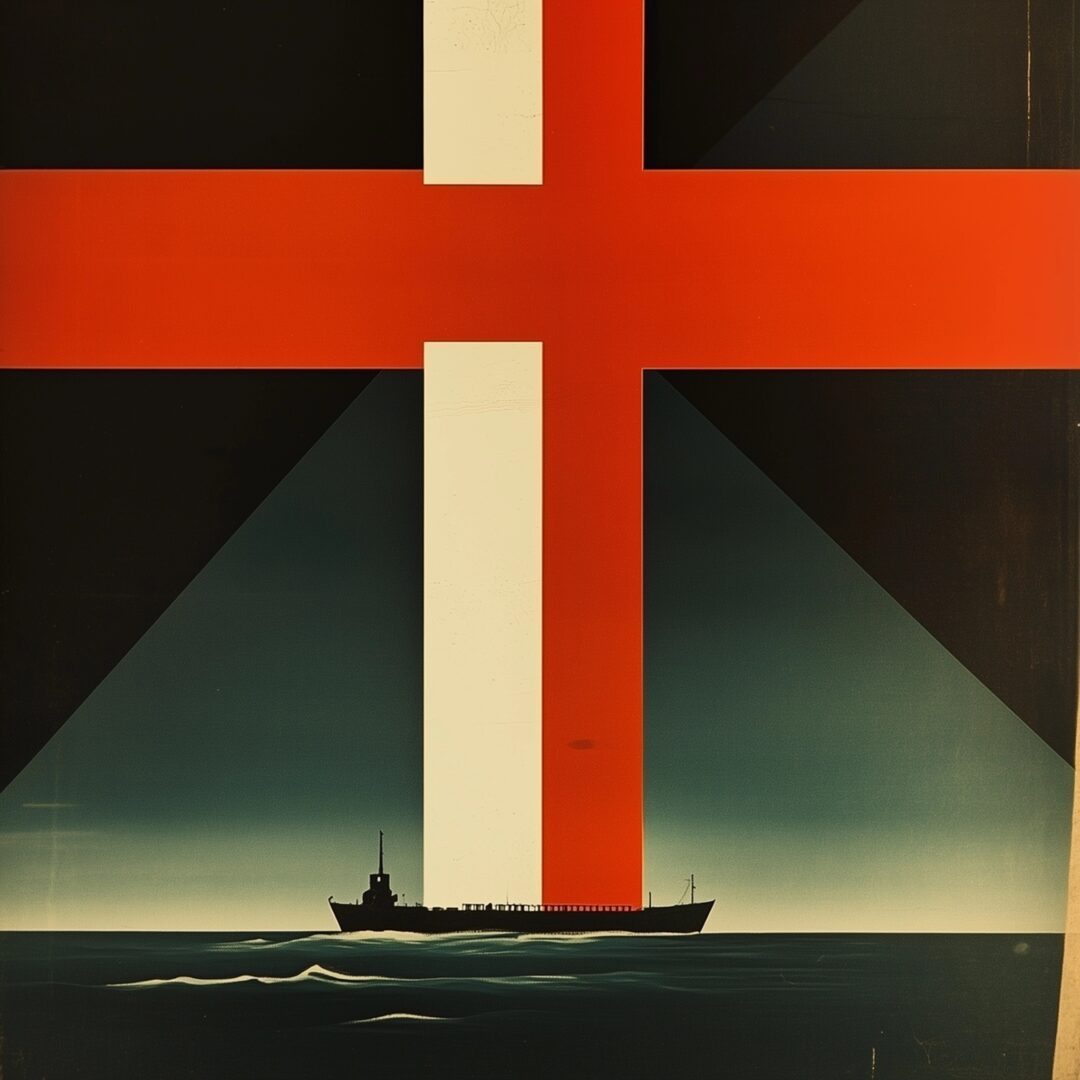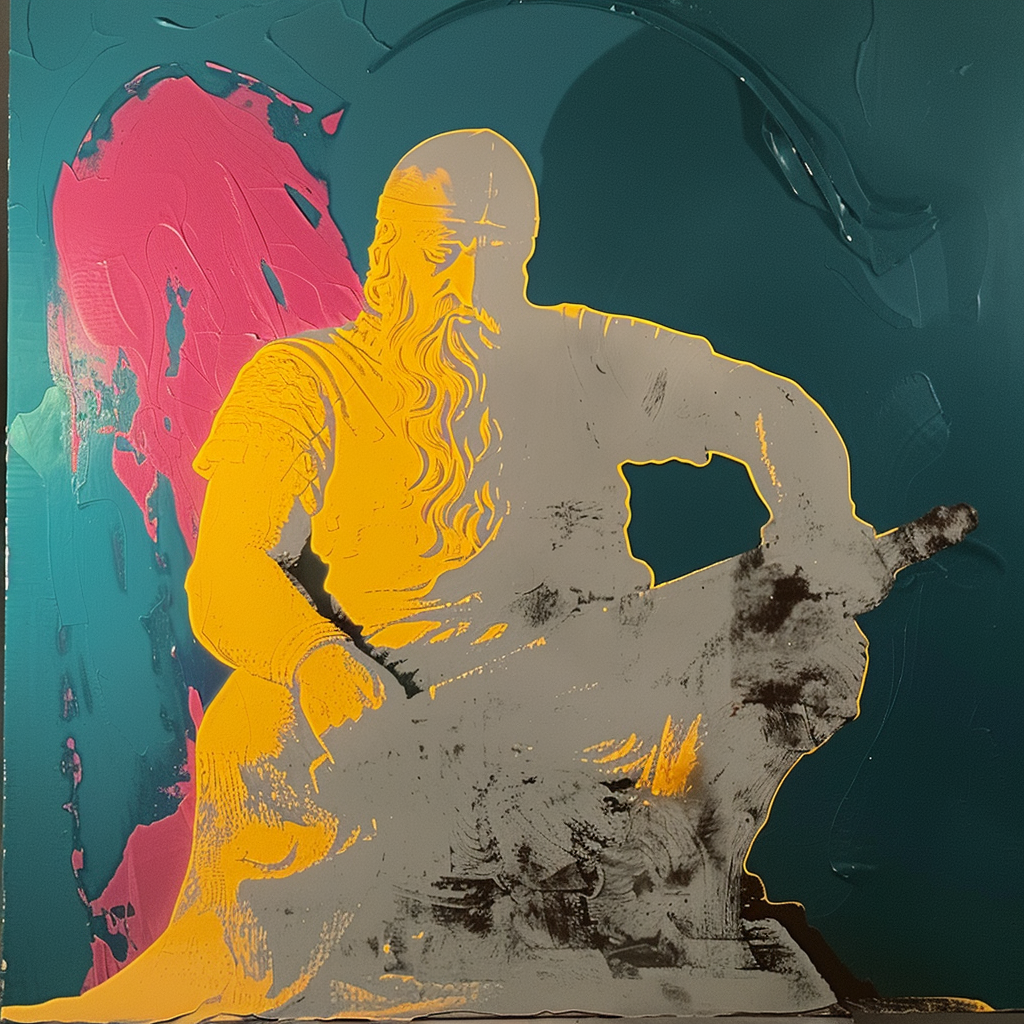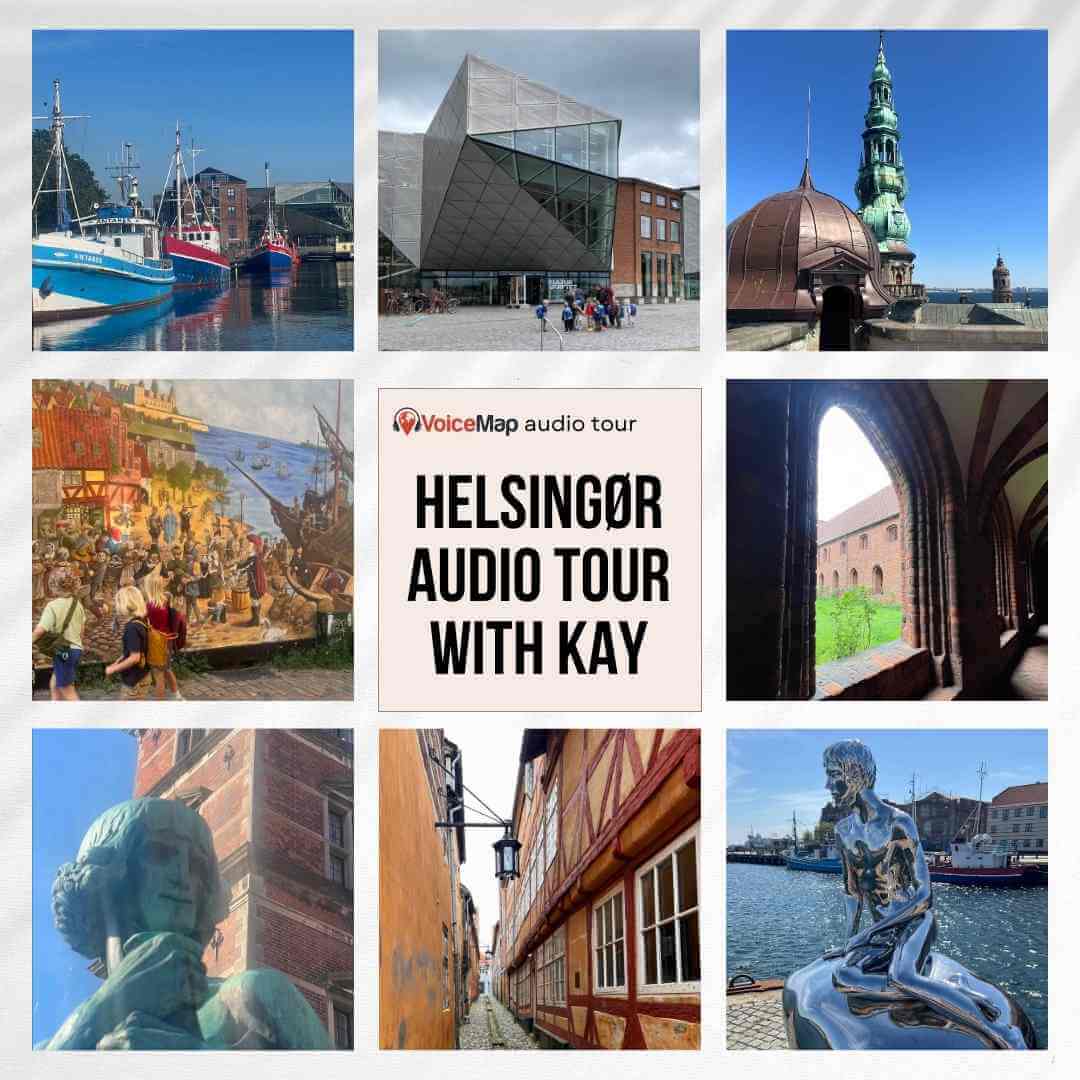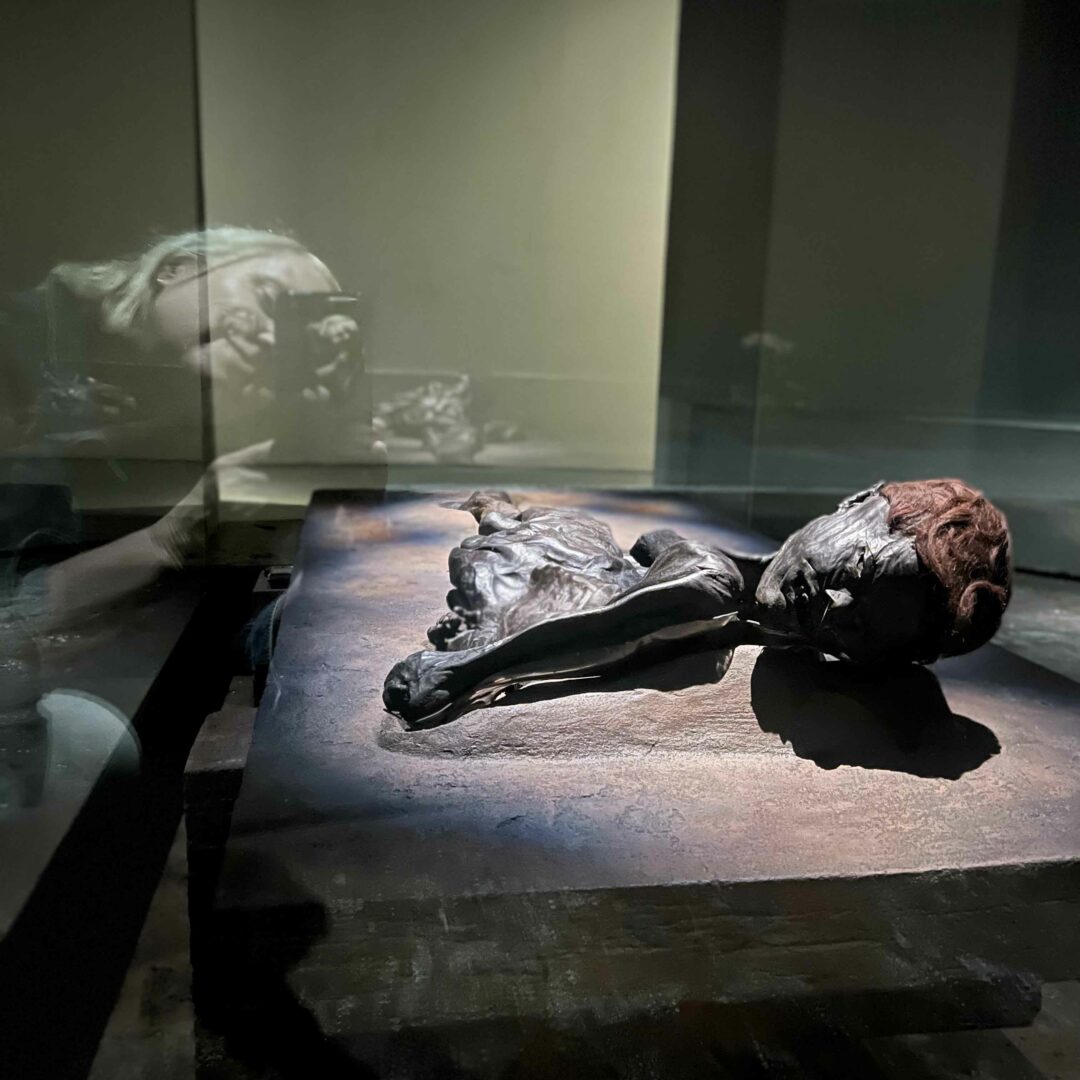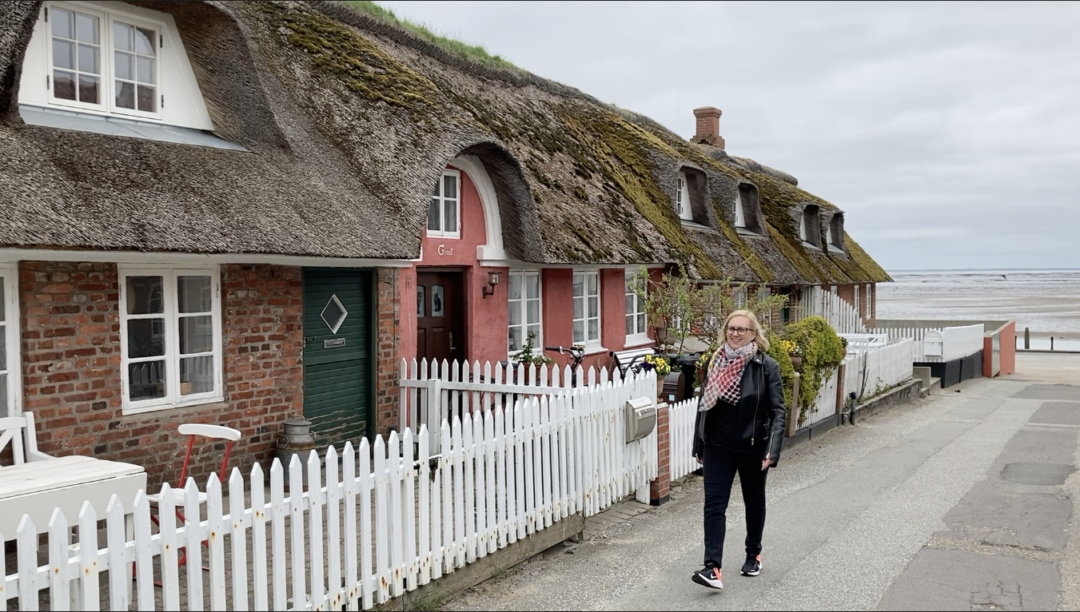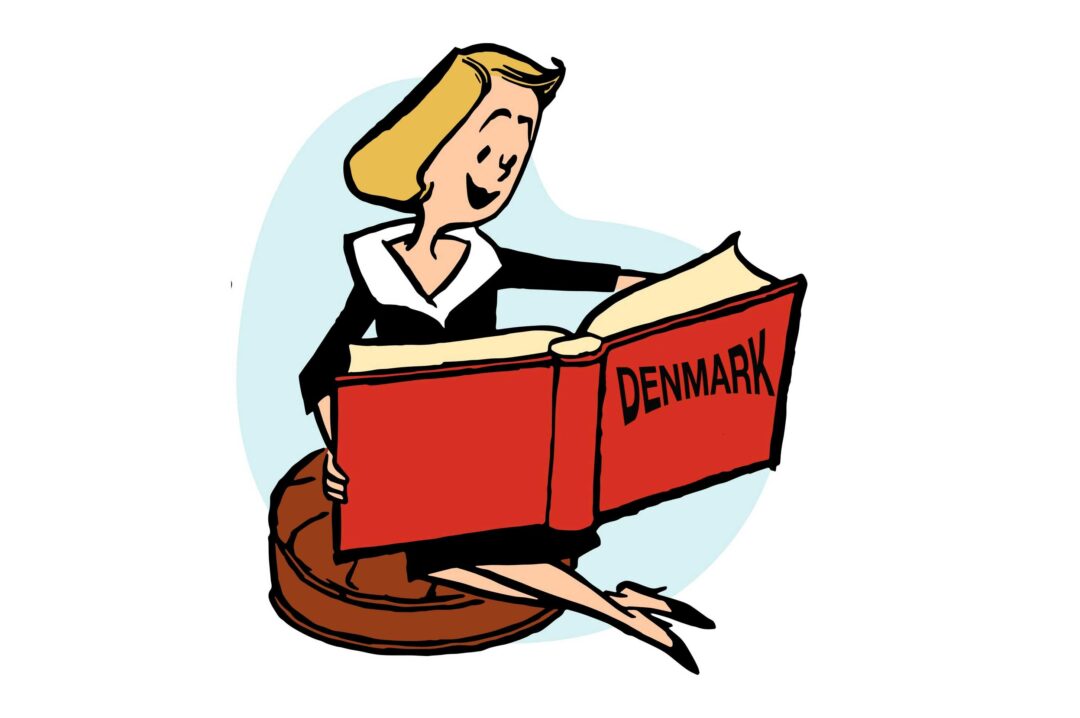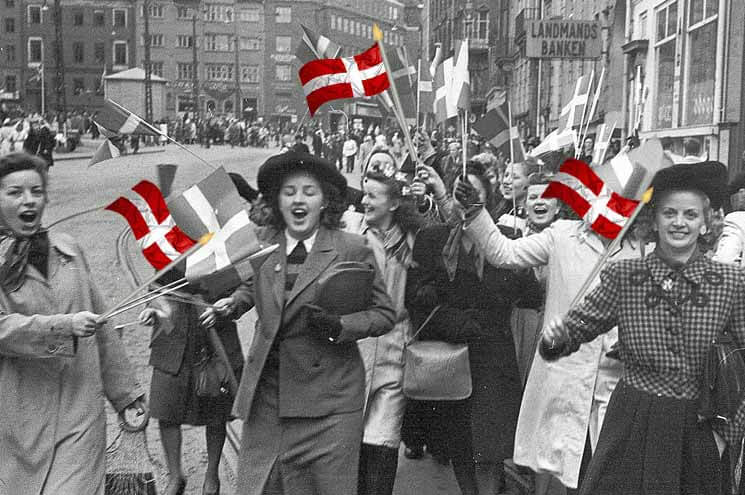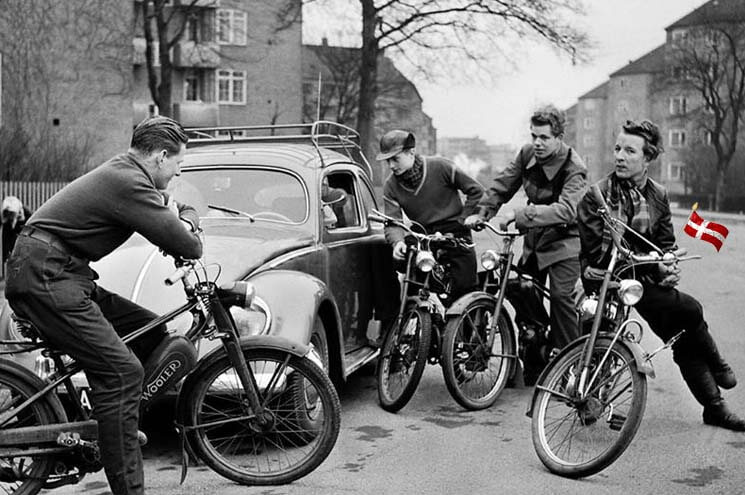I’ve referred to “The Danish Year” before on How to Live in Denmark. It’s a series of events that are simply expected to happen every year in Denmark, even if they aren’t formal holidays. This year I’m going to try to do a podcast every month about aspects of the Danish year, and how they fit into the overall context of where Denmark is coming from, and where it’s going.
Getting the present to remember the past is always tricky business. All over the world, there are statues set up so that people will always remember that great man so-and-so. Most of the time when you ask a local – who is that a statue of? they say, I have no idea. These great men in their time now spend centuries having birds stand on their head.
The past is past, and memories don’t always persist.
So it is with a lovely May tradition in Denmark, setting a candle in the window on the night of May 4. This is to commemorate the surrender of the Germans and the end of the Nazi occupation in 1945.
The Nazis imposed a blackout on Denmark to confuse the Allied air forces, so now that they were defeated, a candle in a window became a small symbol of rebellious light.
A rememberance ceremony, forgotten
I intend to participate every year on May 4, but I often forget, and to be honest I see very few candles in windows these days.
You’d have to be aged 85 or older now to remember the war, and Germany is one of Denmark’s greatest friends and Allies.
In addition, the elderly who do remember the occupation and the blackout generally do not live with their families in Denmark, families to whom they might pass on the tradition.

